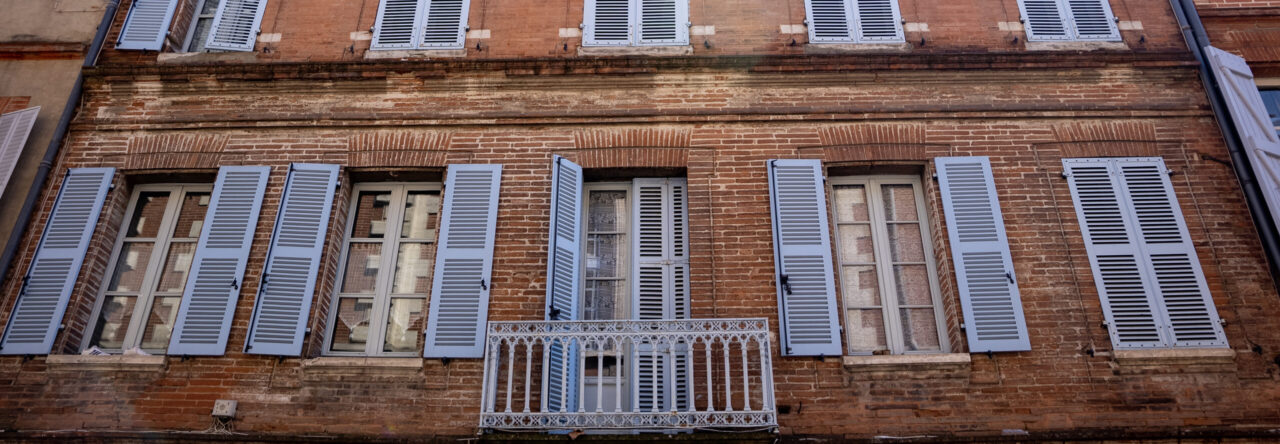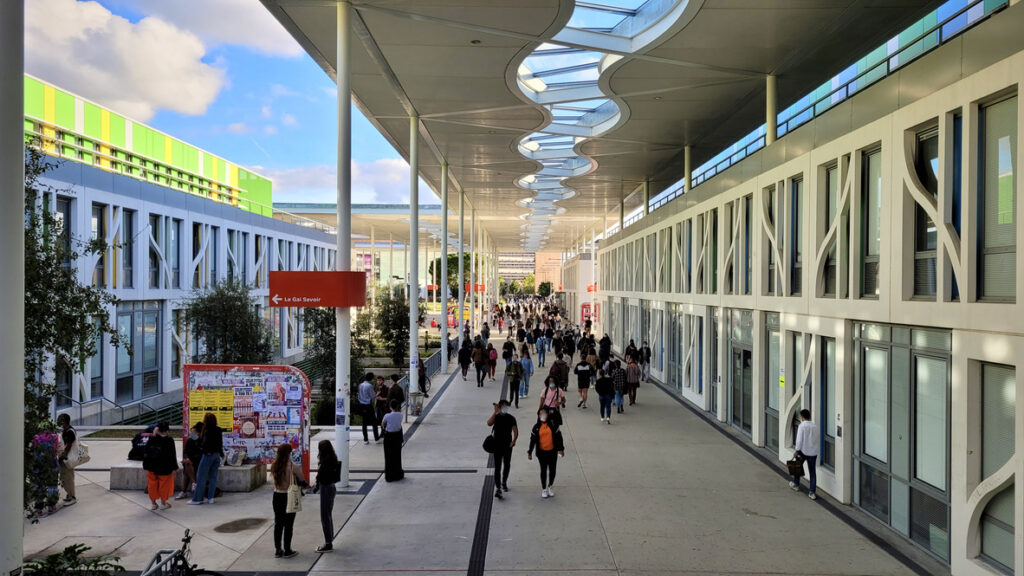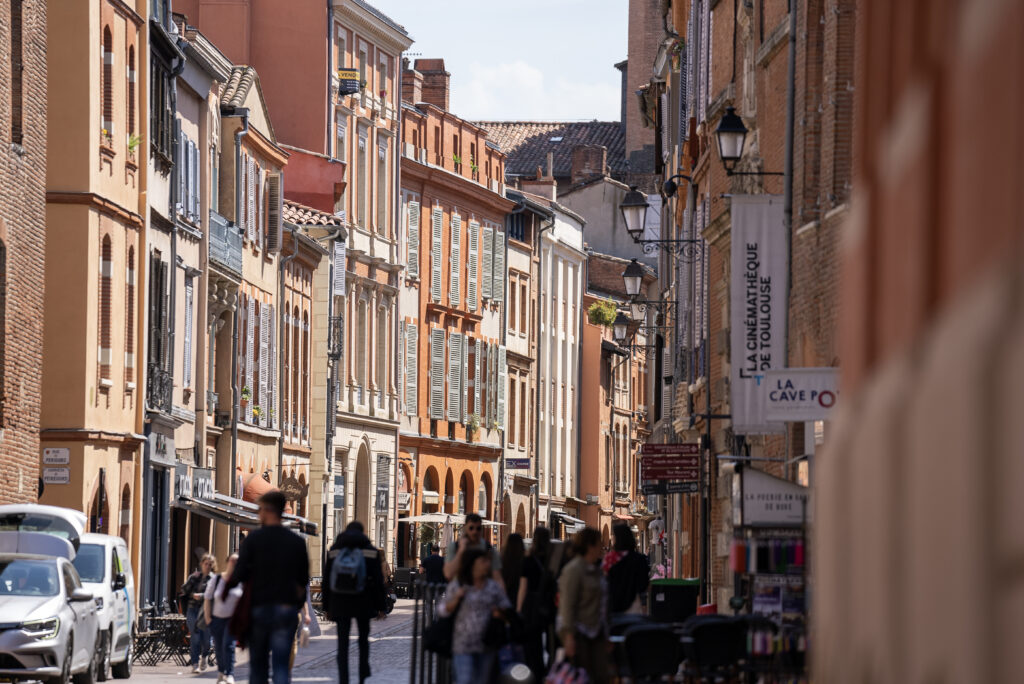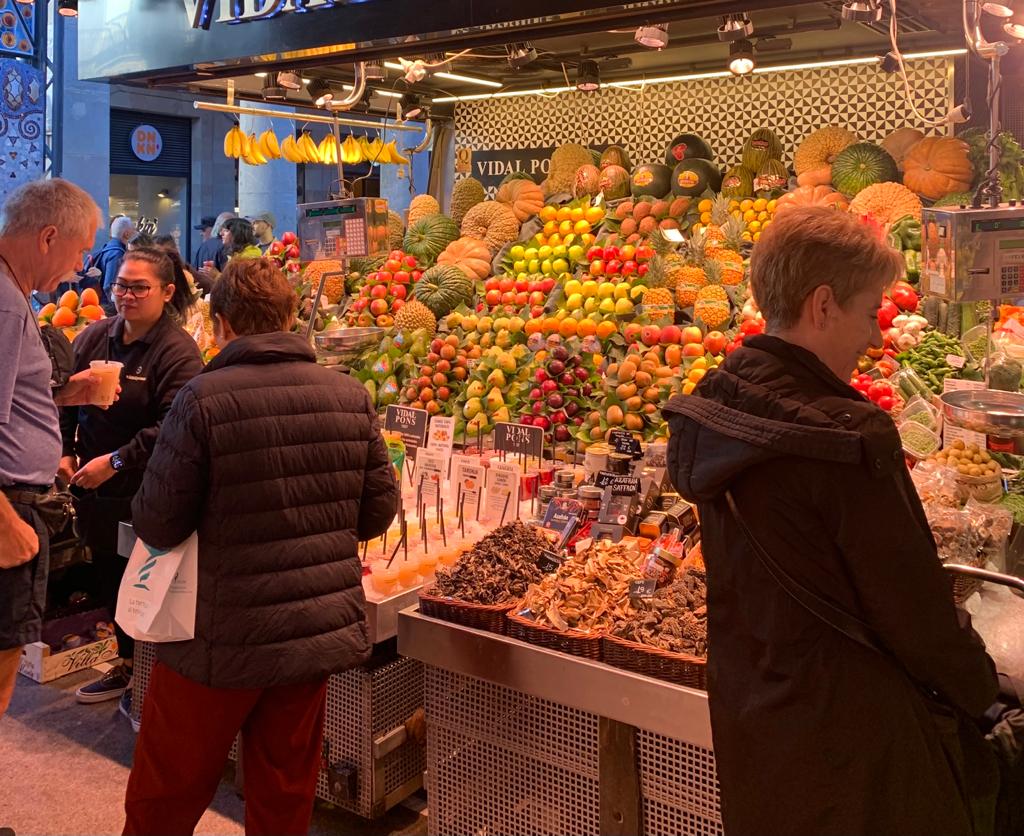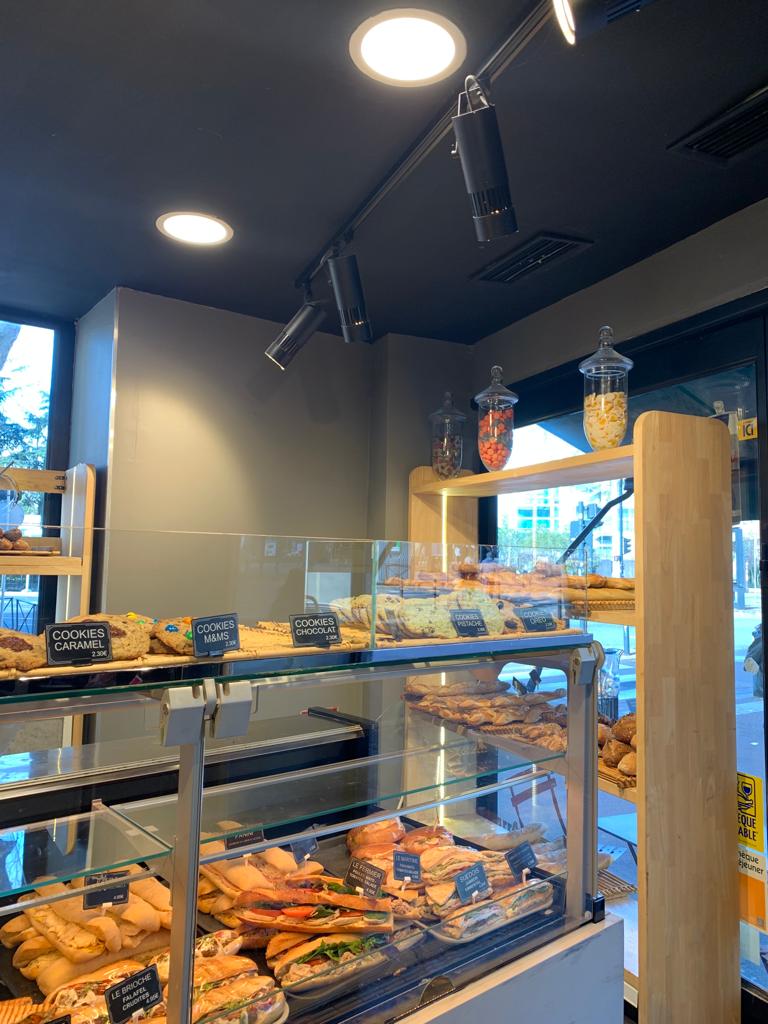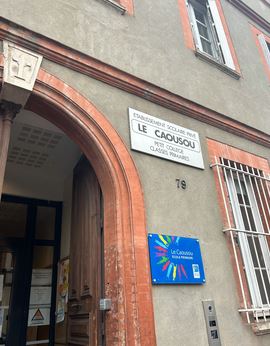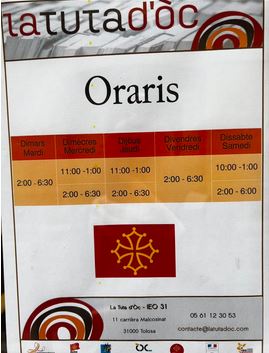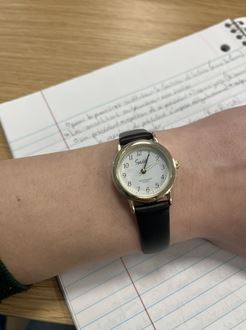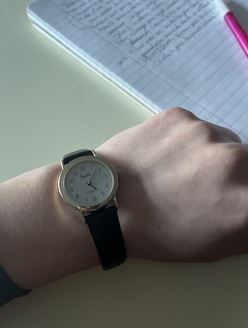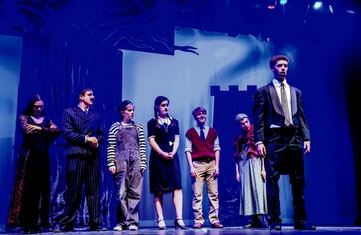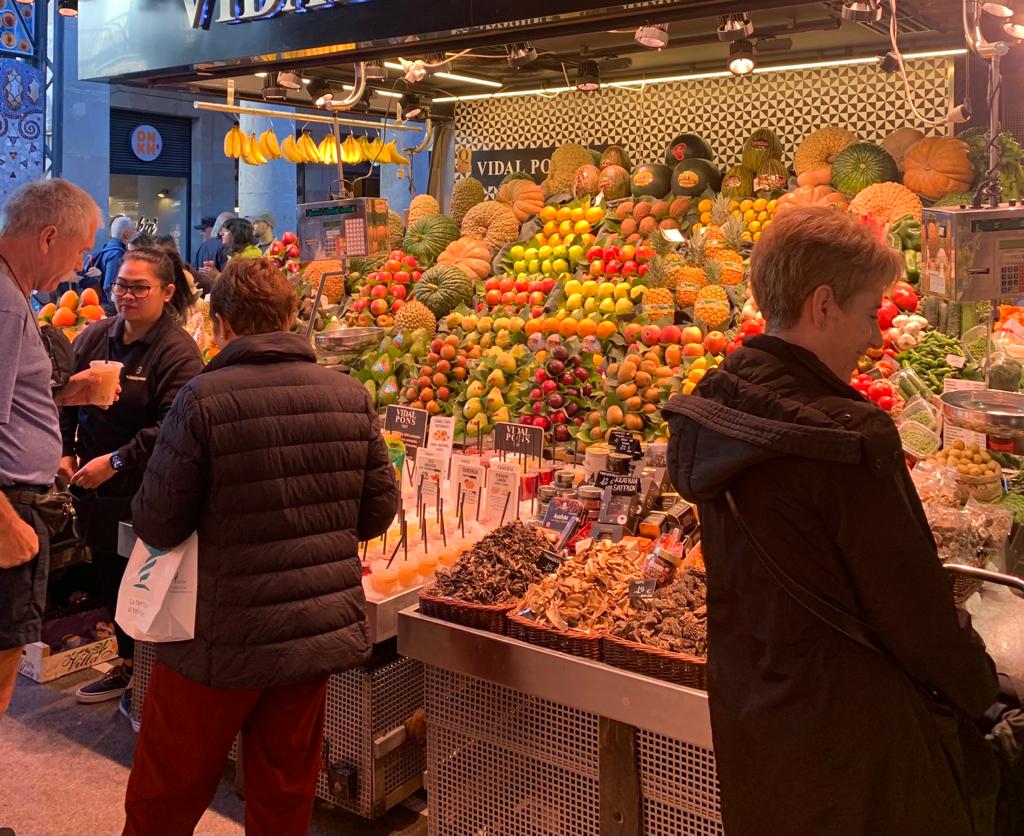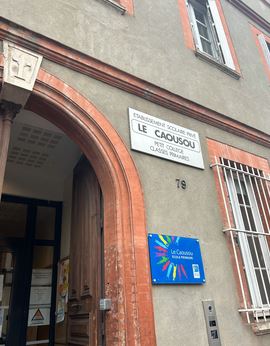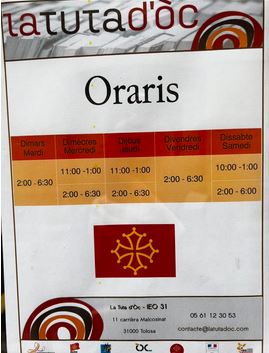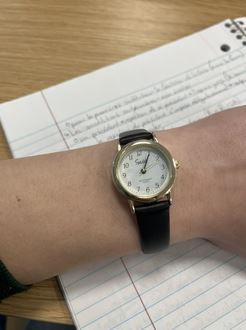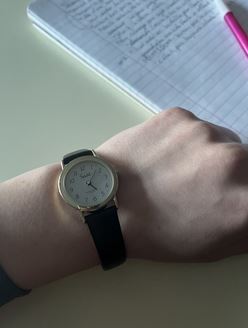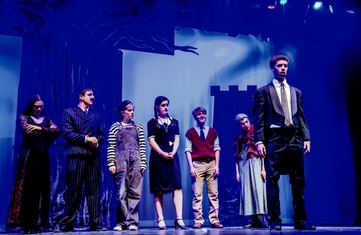Gabriella Boyes | Shayna Herzfeld | Hayden Freedland | Campbell Lucas-Miller
Marcher à Toulouse
À Toulouse, les piétons sont omniprésents. Tout le monde marche pour aller au travail, à l’école, ou pour sortir le soir. Quand je suis arrivée à Toulouse, sur mon iPhone mon nombre de pas quotidien a beaucoup augmenté ! Avant d’arriver Toulouse je faisais 5 600 pas par jour en moyenne ; Aujourd’hui, 13 000. Aux États-Unis, si on a besoin d’exercice, on va faire une promenade. Souvent, ma mère fait des promenades pour se dépenser, comme un type de “sport”. Elle marche autour du quartier et puis rentre chez nous. En général, elle ne marche pas loin pour arriver à sa destination. La voiture est le moyen de transport préféré. Donc pour marcher, aux États-Unis, on doit réserver des temps séparés.
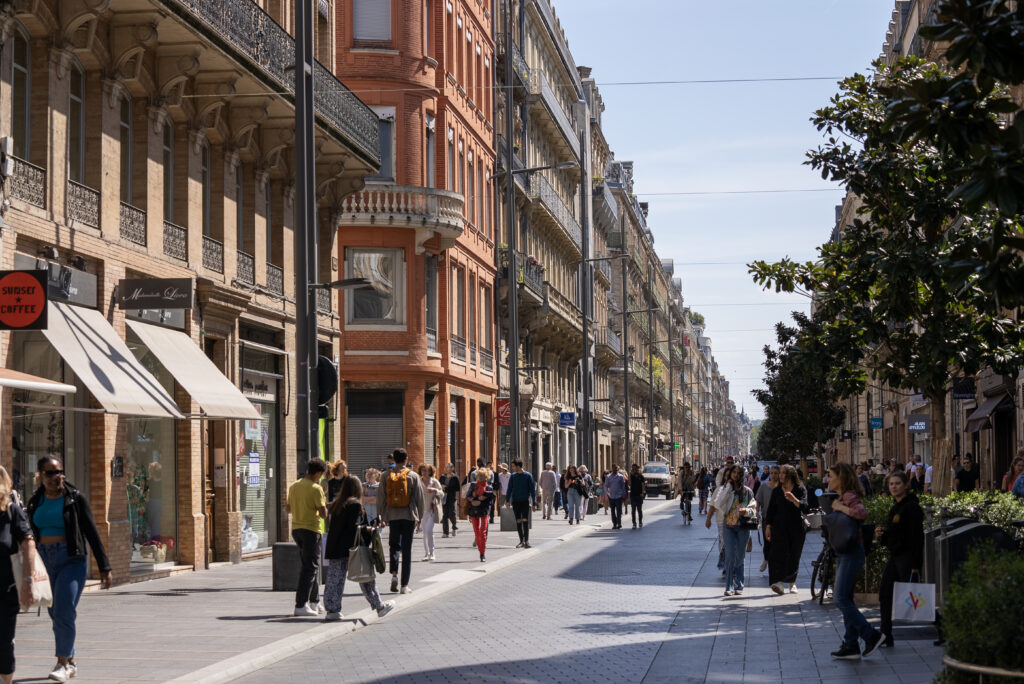
Aux États-Unis, le sport et l’exercice physique sont séparés du transport. En France, il est commun qu’ils soient une et même chose.
Ici, en général, marcher n’est pas tout à fait un sport, c’est plutôt une activité sportive. Quand je pars pour le métro, beaucoup de gens marchent vite pour arriver à l’heure. Sur les escalators, deux vitesses : à droite, les gens attendent que l’escalator monte de manière stationnaire ; à gauche, les gens montent rapidement. Ou, si les escalators sont pleins, il y a beaucoup d’escaliers à la place. Au début, après avoir monté les escaliers du métro, j’étais un peu essoufflée, mais plus maintenant. Pendant les voyages organisés, notre guide touristique a souvent demandé “Je marche plus vite ?” parce que la plupart des étudiants étaient à la traîne.
Aux États-Unis, le sport et l’exercice sont séparés du transport. En France, il est commun qu’ils soient une et même chose. Blandine, mon hôtesse, marche pour aller à son lieu de travail et Nicolas, mon autre hôte, marche pour aller à la messe chaque matin. Les rues au centre de Toulouse sont prévues pour les piétons avec de grandes rues pavées et des barrières pour empêcher les voitures de passer. En général, il est facile de se déplacer à pied dans la ville.
Il est intéressant d’observer que dans un pays, une activité est perçue comme un sport, mais dans un autre c’est simplement un mode de vie.
Quand j’ai demandé à une amie française si les gens français considéraient la marche comme de l’exercice, elle a dit “Dans une ville, non, parce que tout est proche, mais aussi loin”. Ce commentaire est indicatif du sentiment des habitants de la ville de Toulouse que marcher est une partie inextricable de leur vie. En général, ils ne font pas attention au podomètre. Les montres connectées, comme les “Fitbits”, ne sont pas très communes ici. Aux États-Unis, j’ai beaucoup d’amis qui font la compétition avec leur podomètre pour savoir qui a fait le plus de pas, parce qu’on a besoin d’être plus intentionnel pour faire beaucoup de pas. C’est une façon de montrer que l’on est sportif. Mais ici, ce n’est pas un drame. Il est intéressant d’observer que dans un pays, une activité est perçue comme un sport, mais dans un autre c’est simplement un mode de vie.
La pétanque et le cornhole
Quand on se promène dans les rues de Toulouse, on peut voir au moins d’une personne en train de lancer une balle dans tous les parcs. La première fois que j’ai vu ce jeu, j’étais un peu étonnée de regarder les gens jouer à ce que je pensais être le cornhole dans une espace public avec d’autres qu’ils ne connaissent pas. Mais un ami a mentionné que ce n’est pas le jeu du cornhole, c’est un jeu français : la pétanque ! Alors, quand nous avons choisi les sports comme sujet de notre article, j’ai su que je voulais parler de la pétanque.

Pour commencer, nous avons besoin de parler des règles pour chaque jeu. On peut discuter des termes que nous utilisons. Les boules de pétanque sont les choses que nous jetons (chaque joueur a une ou deux boules, selon le nombre des personnes qui jouent). Mais il y a une autre balle qu’on utilise pour décider qui est le gagnant ; cette balle s’appelle le cochonnet. J’ai appris que le but du jeu est de jeter la boule aussi proche que possible du cochonnet. Les équipes avec une boule la plus proche du cochonnet gagne un point, avec deux boules les plus proches, l’équipe gagne deux points. On joue jusqu’à ce qu’une équipe aie 13 points ; ce sont alors les gagnants !

Maintenant les règles de cornhole – on utilise deux planches (chacune avec un trou) et quatre sacs pour chaque équipe. Les joueurs jettent le sac, le but est de mettre le sac dans le trou. Si le sac est mis dans le trou, l’équipe gagne trois points. Si le sac est sur la planche, l’équipe gagne un point et si le sac est sur la terre, aucun point n’est gagné. L’équipe avec le plus de points gagne la différence entre le score de leur équipe et l’autre équipe. La première équipe à avoir 21 points gagne le jeu. Pour être honnête, jamais je n’aurais rien pensé que je connaîtrais les règles et les termes très spécifiques du cornhole !
[J’ai notamment remarqué des différences concernant] l’endroit où les gens pratiquent typiquement cette activité. En France, quand j’ai vu les gens jouer à la pétanque, c’était avant tout dans un espace public.
Maintenant que nous avons abordé les règles, on peut discuter des différences et similarités entre les deux jeux. Pour la première différence, on peut regarder l’endroit où les gens pratiquent typiquement cette activité. En France, quand j’ai vu les gens jouer à la pétanque, c’était avant tout dans un espace public. C’est vrai que j’ai vu surtout les espaces publics et peu d’espaces privés à Toulouse, mais quand j’ai entendu les gens parler de pétanque, le lieu évoqué était en général un parc ou jardin public. Pour le cornhole c’est l’inverse : c‘est un jeu qui est, généralement, dans mon expérience, joué dans le jardin d’une maison avec des amis ou la famille. Une autre différence est avec qui les gens jouent. Comme j’ai mentionné, cornhole est un jeu auquel les gens jouent en privé avec des personnes qu’ils connaissent déjà. Mais, pour la pétanque, bien que les personnes jouent aussi avec les amis ou la famille, j’ai observé que c’est plus normal de rencontrer les gens dans le parc et commencer une partie ! De plus, je sais qu’il y a des rendez-vous publics pour inviter tout joueur à venir jouer ensemble.
Une autre similitude est l’atmosphère de [la pétanque et du cornhole]. Dans les deux pays, ce sont des jeux pour se reposer et passer du temps avec les autres.
En outre, il y a quelques similarités entre la culture du cornhole et de la pétanque. Il y a la similarité évidente que dans les deux jeux, les gens jettent un objet en visant une cible pour essayer de gagner des points. Les deux jeux ont des compétitions internationales (ce qui m’a surprise !) malgré le fait d’être un jeu qui est associé à une activité informelle. Une autre similitude est l’atmosphère de ces jeux. Dans les deux pays, ce sont des jeux pour se reposer et passer du temps avec les autres. Si vous souhaitez rencontrer quelques nouvelles personnes ou jouer avec des amis que vous connaissez déjà, c’est un jeu pour tous les âges et niveaux de compétence.
Le foot

Le sport le plus regardé dans le monde, le football, et ses athlètes, sont facilement reconnaissables, tant les meilleurs joueurs comme Messi, Ronaldo et Mbappé sont connus seulement par leur nom de famille. Malgré la popularité du sport, le football, ou “soccer” aux États-Unis, reste comme le quatrième ou cinquième sport le plus populaire. La raison n’est pas parce que l’équipe nationale masculine est mauvaise, en fait l’équipe nationale masculine se classe à la onzième place de meilleure équipe dans le monde selon les classements du FIFA. Bien qu’il y ait seulement quelques équipes qui séparent le classement des États-Unis et de la France, la plus grande différence concernant le foot dans les deux pays est la culture qui l’entoure. Même à Toulouse, une ville qui préfère le rugby, j’ai vu le foot se jouer dans les rues, j’ai vu le métro rempli de supporters de Toulouse Football Club, les gens portent des maillots de foot de tout l’Europe et il y a des publicités avec des footballeurs. Évidemment, la culture et la passion du football en France est forte et est représentative du reste du monde.
La plus grande différence concernant le foot dans les deux pays est la culture qui l’entoure.
Quand j’ai demandé à mon hôtesse pourquoi elle pensait que la culture de foot en France était différente comparée à celle aux États-Unis, elle a déclaré qu’elle ne comprenait pas pourquoi. Elle a dit que vu la popularité de l’équipe féminine et le succès récent de l’équipe masculine, on penserait que ce sport aurait une culture forte aux États-Unis et un soutien qui correspondent à ce succès. J’ai alors demandé pourquoi en France, même dans une région comme le Sud-Ouest et Toulouse qui préfère le rugby, la culture de foot est-elle un évident deuxième sport préféré. Elle a dit que les deux sports rassemblent les gens ; le rugby rassemble les gens dans la région et le foot rassemble les gens dans le pays. Ce fait m’intéresse parce que je n’ai jamais considéré que l’importance de l’équipe nationale dans ce contexte et je pense que c’est la raison pour laquelle il y a une disparité entre les deux cultures de foot.
Les deux sports rassemblent les gens ; le rugby rassemble les gens dans la région et le foot rassemble les gens dans le pays.
Comme expliqué par mon hôtesse, même dans le sud de la France où le rugby est plus populaire, les gens se rassemblent et pour le rugby à l’échelle d’équipes locales, et pour le foot plus à l’échelle nationale. Comparé aux États-Unis où plusieurs sports rassemblent les gens, il y a un plus grand sentiment de fierté locale parce que dans la plupart des grandes villes, il y a quatre équipes professionnelles. Même les sports avec une équipe nationale qui sont plus populaires comparés au foot comme le baseball et le hockey, les gens sont plus investis . Ce manque relatif d’intérêt dans les concurrences internationales en général peut expliquer pourquoi un sport qui repose sur les concurrences internationales, le foot, n’a pas la même culture et la passion aux États-Unis. Du point du vue de français, je serais surpris qu’une nation qui a notoirement une sens de fierté nationale ne fait pas le même soutien dans équipes nationales comme le foot. Cette comparaison provoque un sentiment un peu décevant en tant que fan de football parce qu’il y a le potentiel pour la culture d’exister aux États-Unis, mais pour le moment, ça n’existe pas.
Le rugby à Toulouse
Pendant mes premières semaines dans la ville de Toulouse, j’ai remarqué un logo étrange sur des bâtiments locaux, certaines maisons et voitures et sur les vêtements des passants. Je savais qu’il s’agissait d’une équipe de sport grâce aux nombreux maillots que j’ai vu les gens de tous âges porter, mais j’ai imaginé que cela devait être un maillot de foot (soccer). Avant de venir à Toulouse, j’étais au courant que les sports comme le football américain, le basket et le baseball n’étaient pas très populaires en Europe. Selon ce qu’on m’avait dit, le foot était de loin le sport dominant du continent. J’ai été stupéfait quand après avoir parlé à des camarades de classe, j’ai découvert que le “T” noir et le “S” rouge représentent le Stade Toulousain, rien de moins que l’équipe locale de rugby. Pour apprendre plus sur la culture de Toulouse, j’ai passé les prochains jours à embêter les gens autour de moi pour connaître les règles, regarder les phases de poule de la Coupe de monde du rugby au timing très opportun puisqu’elle a eu lieu pendant mon semestre à Toulouse, et j’ai même rejoint le club du rugby de mon université à Toulouse.
En France, le rugby est facilement l’un des sports les plus populaires. Dans le Sud particulièrement, c’est le sport dominant et il atteint des niveaux de fanatisme encore plus élevés que le foot.
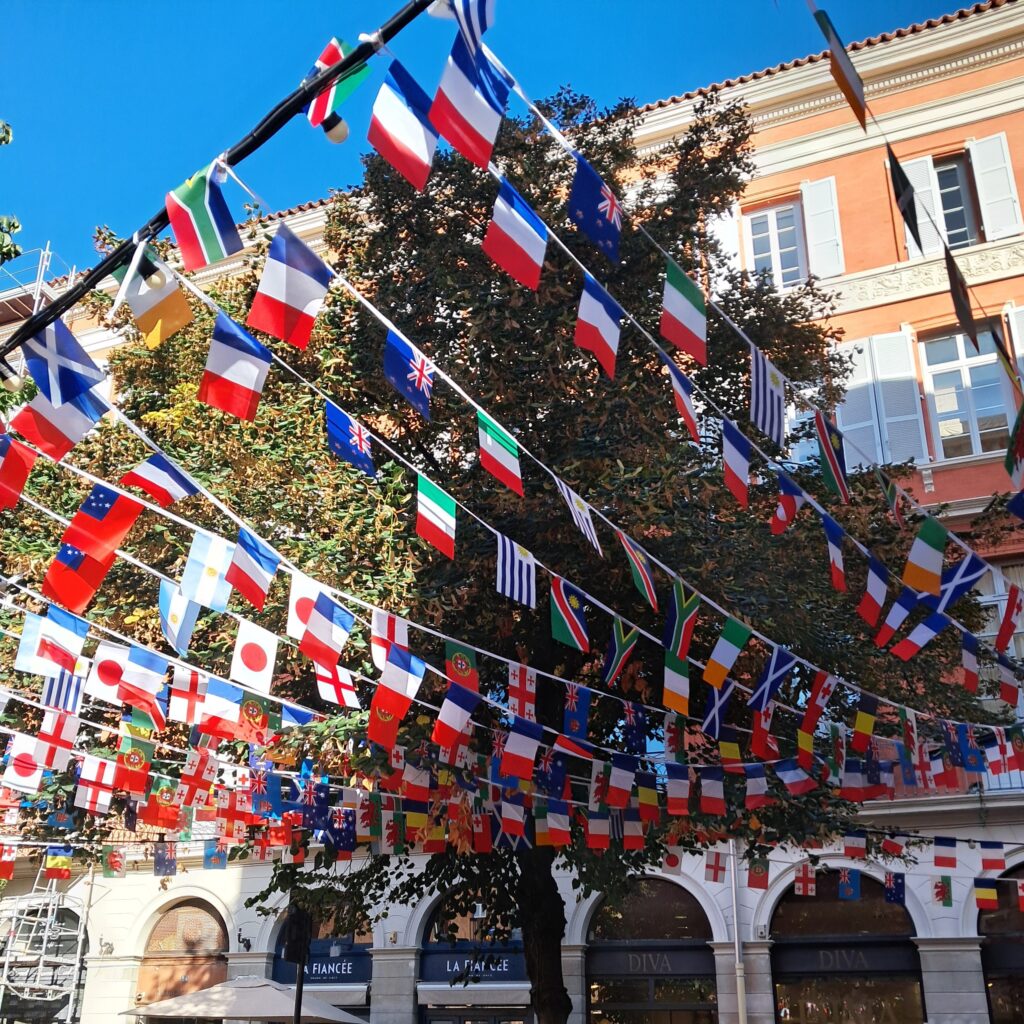
Comme j’apprenais plus et plus sur le sport, je commençais rechercher les équipes en France et aux États-Unis. En France, le rugby est facilement l’un des sports les plus populaires. Dans le Sud particulièrement, c’est le sport dominant et il atteint des niveaux de fanatisme encore plus élevés que le foot. L’Équipe nationale français classe régulièrement presque le meilleur dans le monde, être classé quatre dans le monde entrer le Coupe du monde du rugby de 2023. Antoine Dupont, sans doute le meilleur joueur dans le monde, mène l’équipe française. Même si Les Bleus n’ont pas gagné la Coupe du monde, ils ont été en finale trois fois. Nationalement, le rugby reste extrêmement compétitif. La ligue le plus développée et la plus historique dans le monde, Top 14, est basée en France. La ligue a commencé en 1892, ce qui en fait la ligue du rugby la plus ancienne. Beaucoup des joueurs les plus doués de la France, ainsi que des autres pays historiques du rugby (comme Angleterre, Afrique du sud et Australie), jouent dans une équipe française. Les matchs en soirée rassemblent régulièrement 800,000 spectateurs. Néanmoins, le rugby français reste très régional, avec 12 des 14 équipés étant basés aux villes du Sud. Des petites villes du Sud-Ouest comme Castres (avec une population environ 40,000) sont représentés mieux que des grandes villes du Nord comme Lille (avec une population environ 230,000). Beaucoup des joueurs que j’ai rencontrés en jouant à Toulouse viennent de Toulouse ou les petites villes et les petits villages dans le sud du pays, comme Perpignan, Bordeaux ou Marseille.
À la fin des années 1800, le rugby se jouait dans les universités américaines jusqu’à être éclipsé par le football américain fin XIXème. Le football américain occupe un rôle culturel aux États-Unis semblable à celui occupé par le rugby en France et en Europe.
Inversement, le rugby aux États-Unis reste relativement impopulaire comme le publique Américain préfère les autres sports comme du football américain, du basketball ou même du football. À la fin des années 1800, le rugby se jouait dans les universités américaines jusqu’à être éclipsé par le football américain fin XIXème. Le football américain occupe un rôle culturel aux États-Unis semblable à celui occupé par le rugby en France et en Europe. Malgré ça, le rugby est devenu récemment l’un des sports à la croissance la plus rapide aux États-Unis. Le rugby a réapparu au niveau d’université mais pas encore réalise l’intérêt de la publique en masse. Grâce à l’intérêt renouvelle, le “Major Rugby League” a établi en 2016. Internationalement, les aigles des États-Unis ont achevé le succès tôt dans le sport, gagnant un peu médiales d’or aux les Jeux olympiques tôt. Depuis lors, les aigles ont eu moins du sucés. Les États-Unis a qualifié pour chaque coup de monde sauf deux. Malgré cette régularité, les aigles ont seulement réussi à gagner un jeu, qui n’ont jamais réussi à sortir de la phase de poule.
